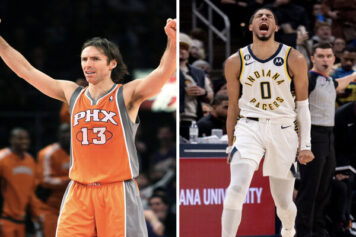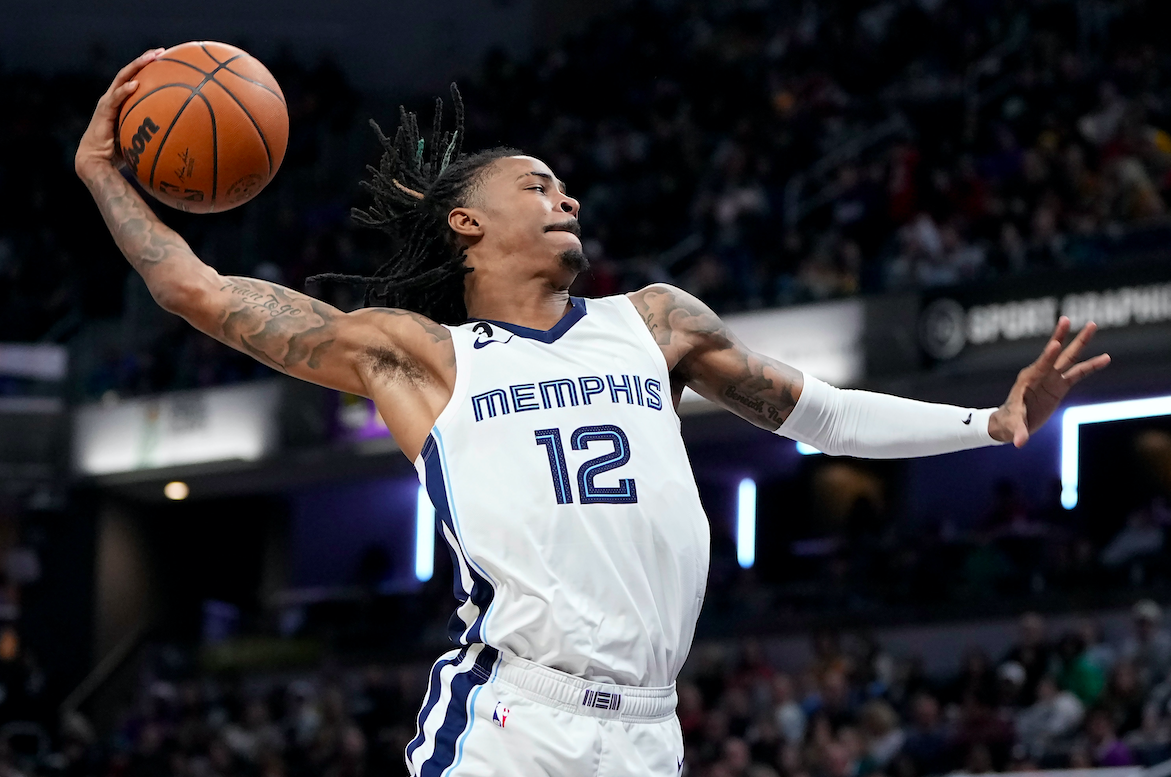Usually when people say, “they don’t make ‘em like they used to,” it’s a compliment. However, for most of Roy Hibbert’s career, that hasn’t been the case. Right now though, in the 2013 postseason, he's peaking and giving the Indiana Pacers the one thing that most NBA teams lack.
It’s common knowledge that NBA centers are a dying breed. What used to be a position held down firmly by large humans with thick legs and broad shoulders, is now relegated to spindly dudes with pick and pop ability. Doesn’t matter how many people miss how things used to be, the truth is, the ship has sailed and it’s not likely to come back anytime soon. For the teams that have legit size in the middle, assuming other parts of the team are adequate, it’s a strong advantage.
Roy Hibbert’s rep has always been one of confusion. He doesn’t have the requisite skill-set to be a modern era big man, nor does he have the ability (or seemingly the will) to play the game in the fashion of his big man predecessors like Bill Cartwright. He roams around like a gentle giant, which wouldn’t be so bad, if his on-court numbers weren’t so disappointing. He is all of 7’2 and, at 280 pounds, is a hard mountain to move. Yet, his career rebounding average is 6. 8 per game. That’s ridiculous.
Thankfully for him, the Pacers still have faith in his ability. He made strides last year and the Pacers awarded him with a brand new four-year extension. The plan being that he would be the defensive anchor for one of this generations’ dominant defensive squads.
The Pacers have become that team, right at the top of the League in all of the pertinent defensive categories. However, they did it most of this year in spite of Hibbert, who backslid early on in the season and brought up the same underachiever questions that have hovered above him his whole career.
He turned it the second half of the year. In the postseason though, he’s really standing out, bumping his regular season rebound average of 8.3, up to 9.1. That one number increase might not sound like much to the uninitiated, but a few more offensive rebounds here and there, can be the difference between losing and advancing in the postseason.
His Game 3 Eastern Conference semifinal performance against the NY Knicks is a perfect example of that. He was unquestionably dominant. His 24 points (his postseason average up until then was 13.5) and 12 rebounds – including eight offensive boards – led the way to a relatively easy Indiana victory. He outplayed Knicks center Tyson Chandler on both ends of the court, and in this series has been a defensive buzzkill. When he’s not blocking shots, like the five he had in Game 1, he altering them. No-joke scorers like Carmelo Anthony and JR Smith have repeatedly gotten to the paint and missed easy shots, intimidated by Hibbert’s presence.
During the first three games of the series he’s had a coming out party, introducing himself to the average fan and reminding the rest of the remaining teams that if they play Indiana, they are gonna have to deal with him and his size. Other than the Grizzlies' Marc Gasol, there isn’t a center left that can match up with him on paper. For Hibbert, the challenge is to make what’s on paper a reality. He can’t get complacent or lose intensity. As long as he stays consistent, which has always been his issue, the Pacers have a puncher’s chance of getting to the Finals.



